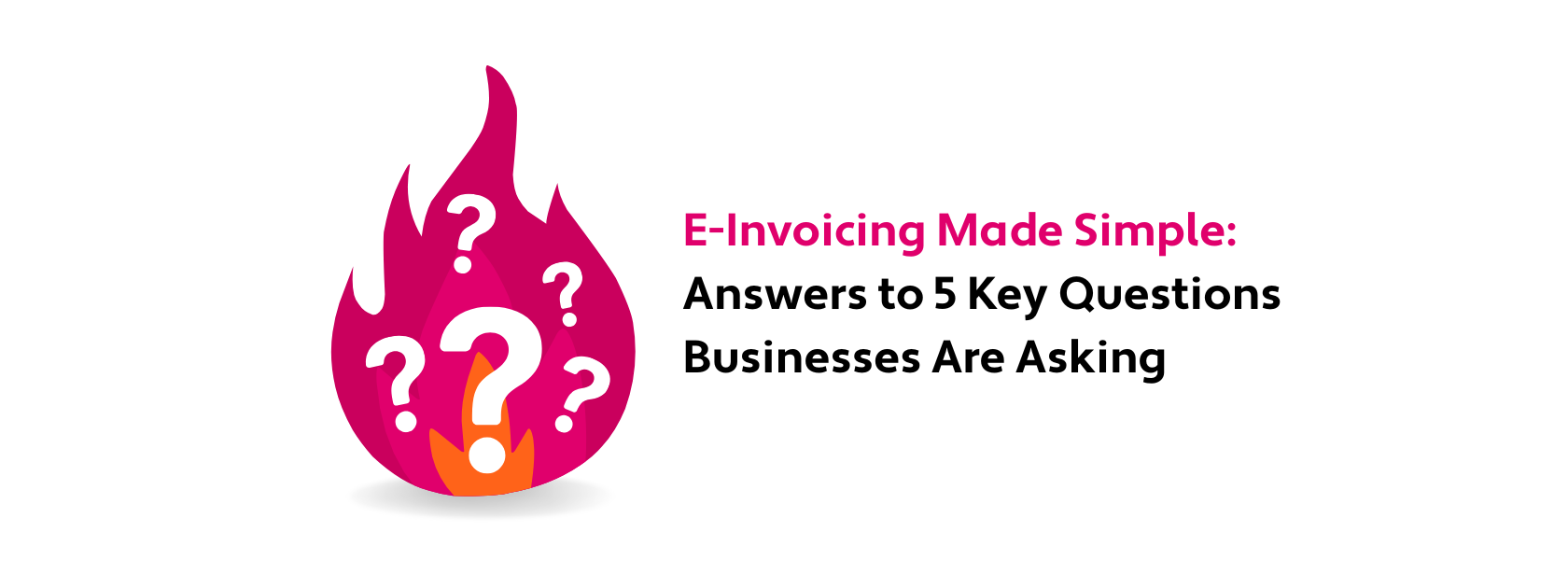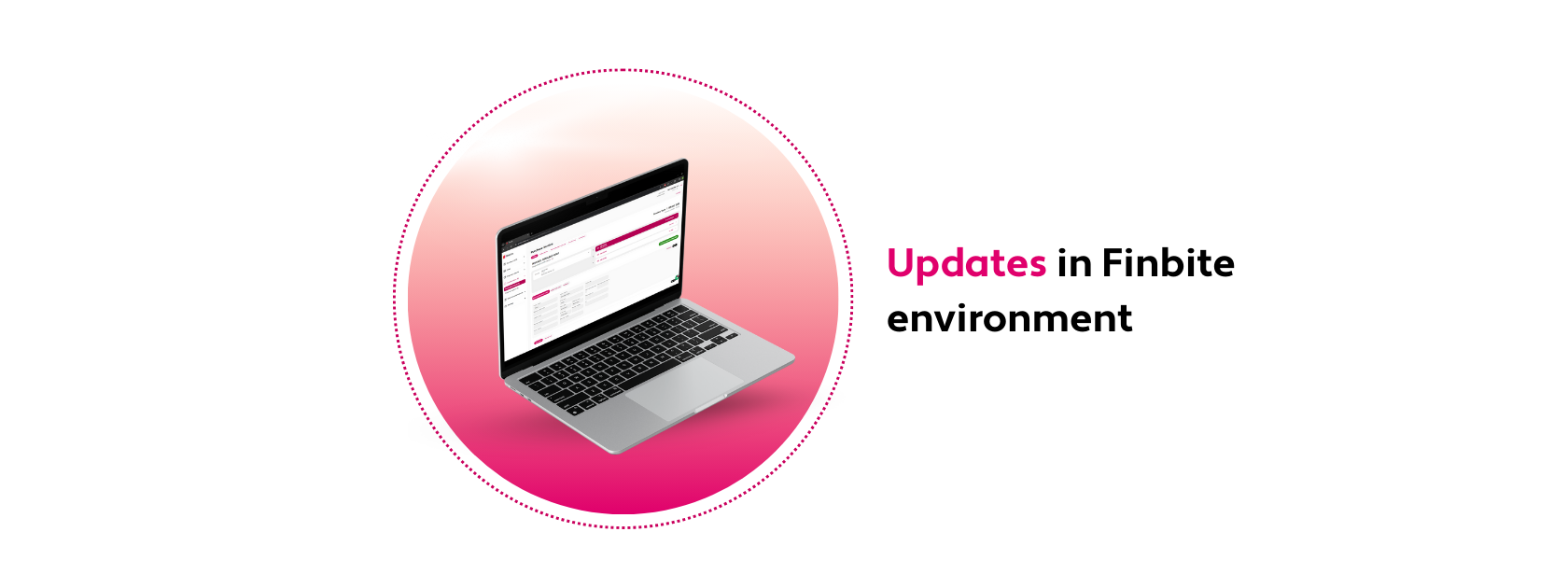
E-invoicing has been widely used in Estonia for many years by public sector, but the upcoming amendment to the Accounting Act—set to take effect on 1 July 2025—has brought the topic back into focus, raising a number of new questions.
In this article
Both Estonian and EU-level regulations are pushing businesses to adopt digital solutions, moving away from paper and PDF invoices in favor of e-invoicing. And while it’s increasingly becoming the standard, many companies and accountants still have unanswered questions. That’s why we’ve put together clear answers to the most common questions: how e-invoicing actually works, who is required to use it, and what practical advantages it offers over other formats.
1. What is an e-invoice, and how is it different from a PDF invoice?
An e-invoice is a structured, machine-readable invoice—typically in formats like XML—that is sent directly from the sender’s accounting software to the recipient’s system. This allows the invoice to be automatically processed, without the need for emails, manual data entry, or scanning. Because e-invoices follow a standardized format, the data flows seamlessly between systems, reducing the risk of human error and speeding up payment processes.
In contrast, a PDF invoice is simply a digital version of a paper invoice. It doesn’t follow a fixed structure and can’t be automatically processed by software. Even though it’s an electronic file, a PDF invoice still requires manual data entry to accounting systems or the use of tools like optical character recognition (OCR) to extract the data.
2. Who is required to use e-invoicing?
Since 2019, e-invoicing has been mandatory for all Estonian companies involved in public procurement and for those issuing invoices to public authorities. In other words, if your business provides goods or services to Estonian public sector entities or participates in public tenders, you must issue e-invoices.
For transactions between private sector companies, e-invoicing has remained voluntary—though it’s becoming increasingly more common. According to the Ministry of Economic Affairs and Communications’ latest Real Economy Survey (RTE), e-invoicing usage in the private sector has grown moderately over the past five years, increasing from 22% in 2019 to 30% in 2024. The main reason it hasn’t been more widely adopted is that some partners or customers still lack the readiness or technical capacity to receive e-invoices.
The e-invoicing laws are changing! With the amendment to the Accounting Act taking effect on 1 July 2025, the state aims to boost the use of e-invoicing in the private sector. Until now, e-invoicing has only been mandatory when invoicing public sector entities. But starting July 1st, both private and public sector companies will gain the right to choose the format in which they wish to receive invoices from their vendors. This means that any accounting entity listed in the e-register as a recipient of e-invoices can request to receive e-invoices. Unless otherwise agreed, sellers will be required to issue e-invoices to these recipients.
3. How to send and receive e-invoices?
Sending and receiving e-invoices is done through operators. The solutions they offer can be used standalone or interfaced with an existing accounting solution.
Sending an e-invoice:
- Select the suitable e-invoice operator and create an account for your company.
- Connect the e-invoicing solution to your accounting software or start creating invoices in the operator’s environment.
- Enter the invoice details, including the recipient’s name, registration code or PeppolID (required for e-invoices), invoice number, and amounts.
- Send the invoice directly through the system—it will be delivered to the recipient’s e-invoicing platform within moments.
Receiving an e-invoice:
- Select an e-invoice operator and register your company in the business register as an e-invoice recipient.
- Notify your partners that you now accept e-invoices.
- Start receiving invoices directly into your accounting software or e-invoicing environment—no need to enter them manually.
- Review, confirm, and pay the invoice as usual.
4. What are the benefits of e-invoicing?
E-invoicing offers a range of benefits that make accounting faster, more accurate, and more cost-effective. While the ability to send e-invoices increases a company’s competitiveness, the greatest advantages often come from receiving e-invoices and digitising incoming PDF invoices into a machine-readable format.
Here’s how businesses benefit:
1. Increased efficiency
E-invoices move directly from system to system, reaching the recipient faster. By eliminating manual data entry, businesses save time and boost productivity—accountants no longer need to re-type invoice data.
2. Fewer errors, more accurate data
Automated processing removes the risk of human error. Since data is transferred exactly as entered, there’s no need for corrections later on.
3. Faster payments
Because e-invoices are processed more quickly and reliably, many companies report fewer late payments and improved cash flow.
4. Better traceability and reporting
E-invoices contain structured data, enabling clearer financial reporting and easier monitoring. E-invoicing is also a gateway to broader real economy solutions. A 2020 study found that Estonia could save over 14 million working hours—or the equivalent of 7,000 full-time employees—annually through digitalisation. The potential financial savings are estimated at €200 million per year.
5. Enhanced security and fraud protection
E-invoices are transmitted via secure channels using registration codes, and their content is encrypted. This significantly reduces the risk of fraud compared to invoices sent by email. Invoice fraud—where a fake invoice mimics a real one but changes the bank account number—is a growing issue. In November 2024 alone, the Estonian Information System Authority (RIA) reported four such cases, with losses totaling €300,000.
6. Automation opportunities
E-invoicing can be fully integrated with accounting systems, enabling advanced workflows like automatic account allocation, recurring invoice processing automations, and digital approval flows.
7. Environmental sustainability
By eliminating paper and reducing the need to store physical documents, e-invoicing significantly lowers a company’s carbon footprint. One study suggests that e-invoicing cuts greenhouse gas emissions by up to 89% compared to paper invoices, and by 33% compared to emailed PDFs. With fewer natural resources used, e-invoices are the most environmentally friendly invoicing option available.
5. Can smaller businesses use e-invoicing?
Absolutely—e-invoicing is accessible to businesses of all sizes. Contrary to popular belief, it doesn’t require a large investment or complex setup.
For small businesses, sending e-invoices can be completely free. For example, if you need to send an invoice to a partner who is listed in the business register as an e-invoice recipient, you can use the Finbite Starter package to manually enter and send invoices at no cost. This plan allows you to send and receive up to 5 e-invoices per month free of charge.
For businesses handling larger volumes, it’s more convenient to integrate e-invoicing directly with accounting software. This can be done using the Finbite Lite package, which starts at €10 per month. While the Starter package is free for sending and receiving up to 5 e-invoices, for larger amounts the pricing is volume-based.
Finbite also offers dedicated customer support for both free and paid users, making it easy to get started and resolve any questions about sending or receiving e-invoices.





